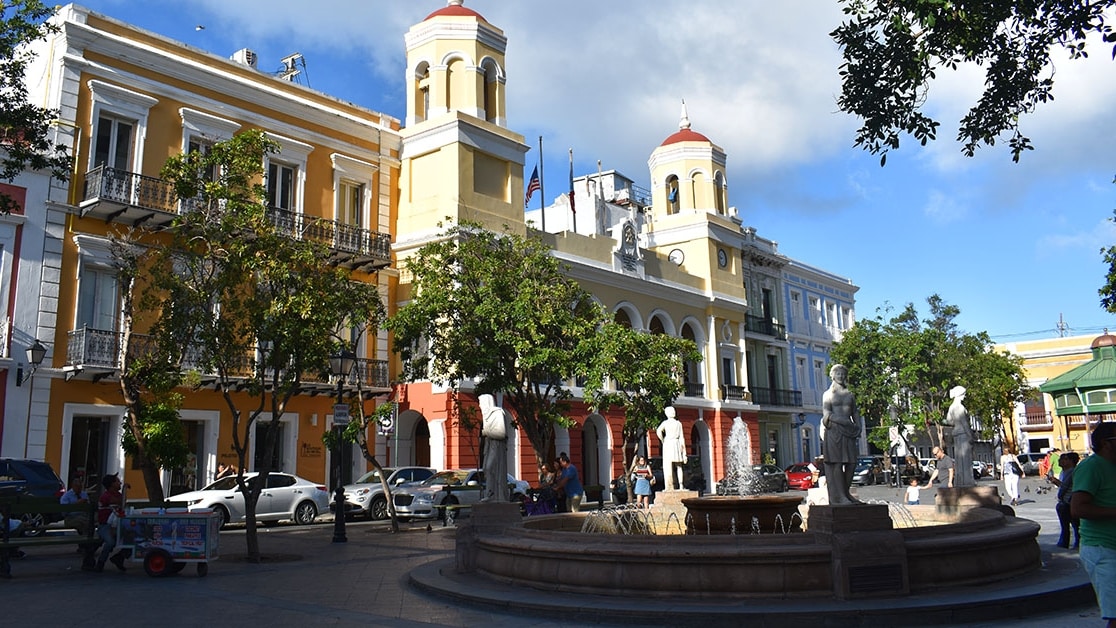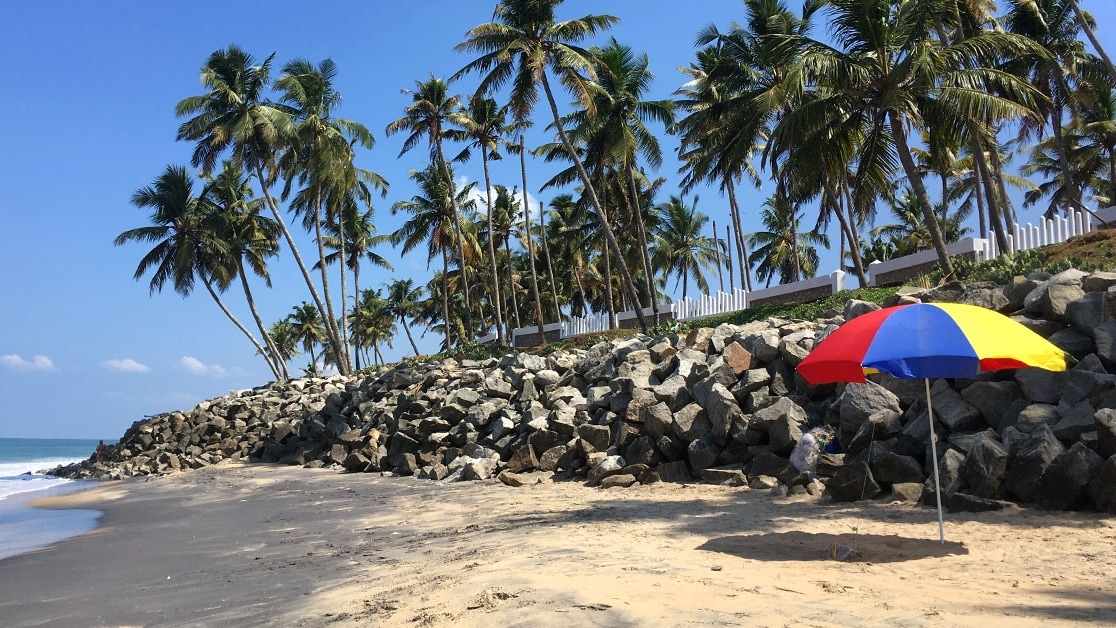24 Hours in San Juan, Puerto Rico
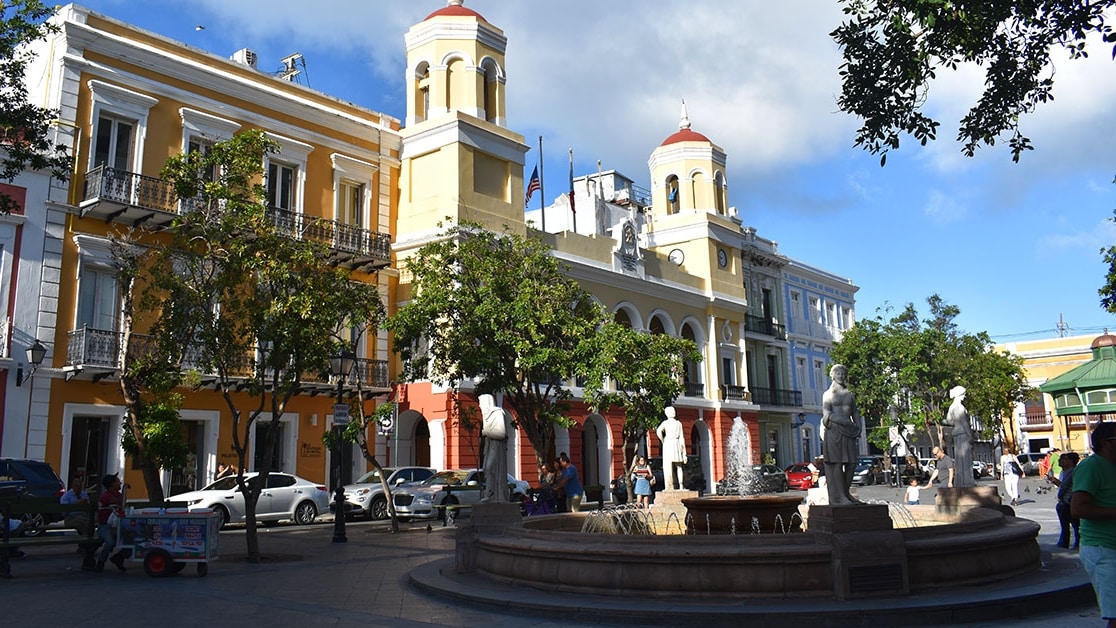
Old San Juan has many places like Plaza de Armas, a great spot to sit and relax.
Story and photos by Rebecca Holland
Rebecca is a travel and food writer based in Chicago. You can find her on Instagram.
If your time is limited, here are the must-see stops during your visit.
You could spend a week in Puerto Rico’s capital visiting landmarks and relaxing on the beaches, but sometimes 24 hours is all you have. Whether you’re stopping for a day on a cruise or flying into San Juan before heading to Vieques or Rincón, here are some highlights to help you plan a memorable day in the city.
Start your morning with breakfast at Caficultura. Fresh juices — I recommend the sour Puerto Rican cherry — “tropical” French toast with pineapple, and other unique takes on breakfast standards fill the menu at this bustling cafe in Old San Juan. It’s popular and a bit touristy, but that’s because it’s good. Try to go early if you can.
Next, spend an hour or two wandering Old San Juan. The colorful streets of the National Historic Landmark District are photogenic, and you’ll want to pop into some of the shops and galleries if you have time. While you’re in the area, stop at the Museo del Mar ($5 admission), a small but interesting museum detailing Puerto Rico’s maritime history. Did you know that in 1797 the British invaded Puerto Rico? Ask the museum staff to tell you the full story — they’re knowledgeable, and it’s a fascinating tale.
If you’re getting hot, Senor Paleta makes all-natural ice pops and is on the way to your next stop. Strawberry and chocolate brownie are staff favorites.
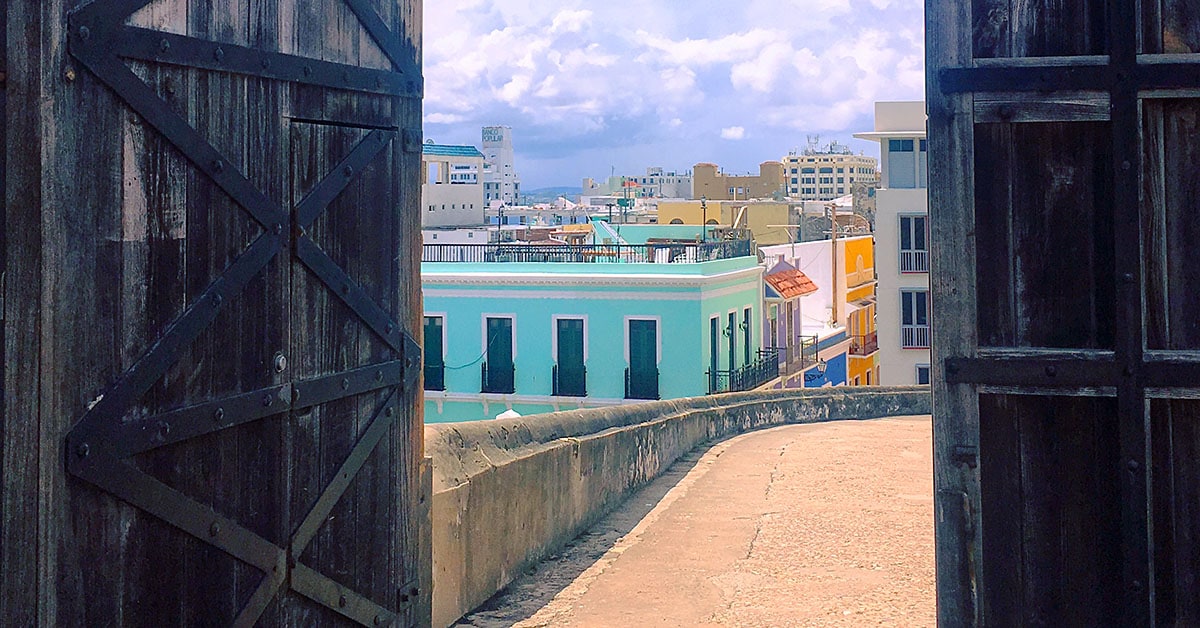
Old San Juan as seen from inside Castillo San Cristobal, the largest Spanish fort built in the Americas.
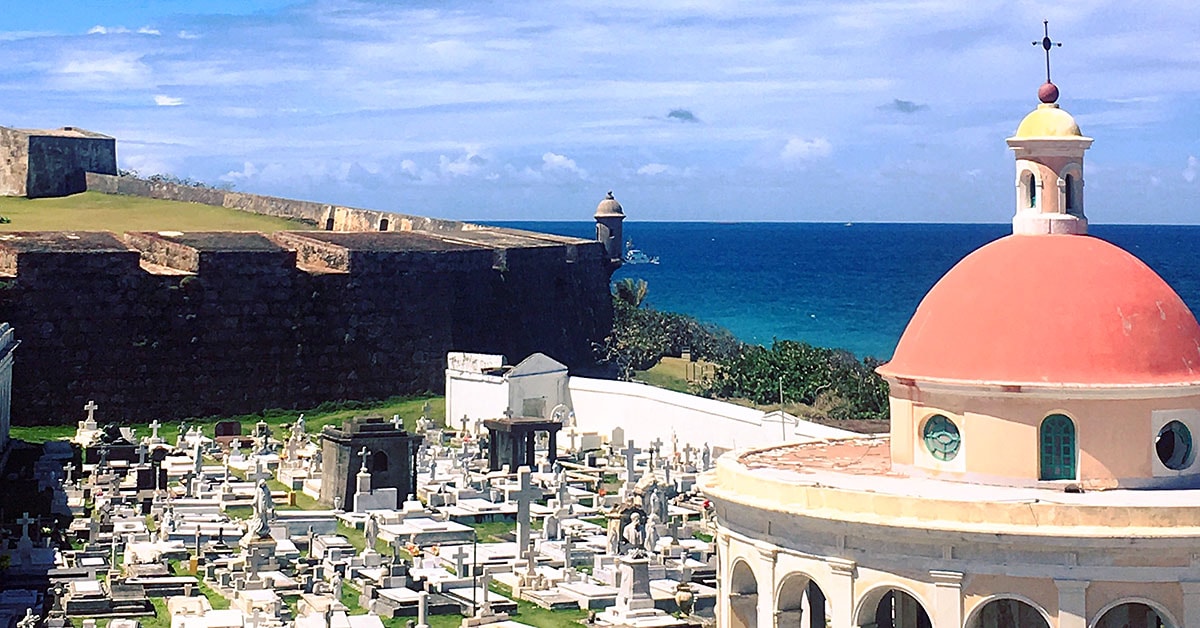
Santa María Magdalena de Pazzis Cemetery in Old San Juan
No visit to San Juan is complete without a visit to the Castillo de San Cristobal, even if you’ve been before. You don’t have to go in the fort, but you should stop for views of the foamy, deep blue waters below and overgrown cliffs along the coast. Exit the fort and walk through the gate, then follow the Paseo del Morro trail along the perimeter of San Juan. You’ll see dozens of iguanas — they’re everywhere and huge — and find yourself at a viewpoint overlooking crashing waves on one side, and the lovely San Juan cemetery with its raised white stone graves on the other.
By now you probably need a break, so head back into town for a drink at El Batey, Puerto Rico’s oldest bar and supposedly one of Hemingway’s favorites. Inside, check out the notes visitors have scrawled on the walls over the years.
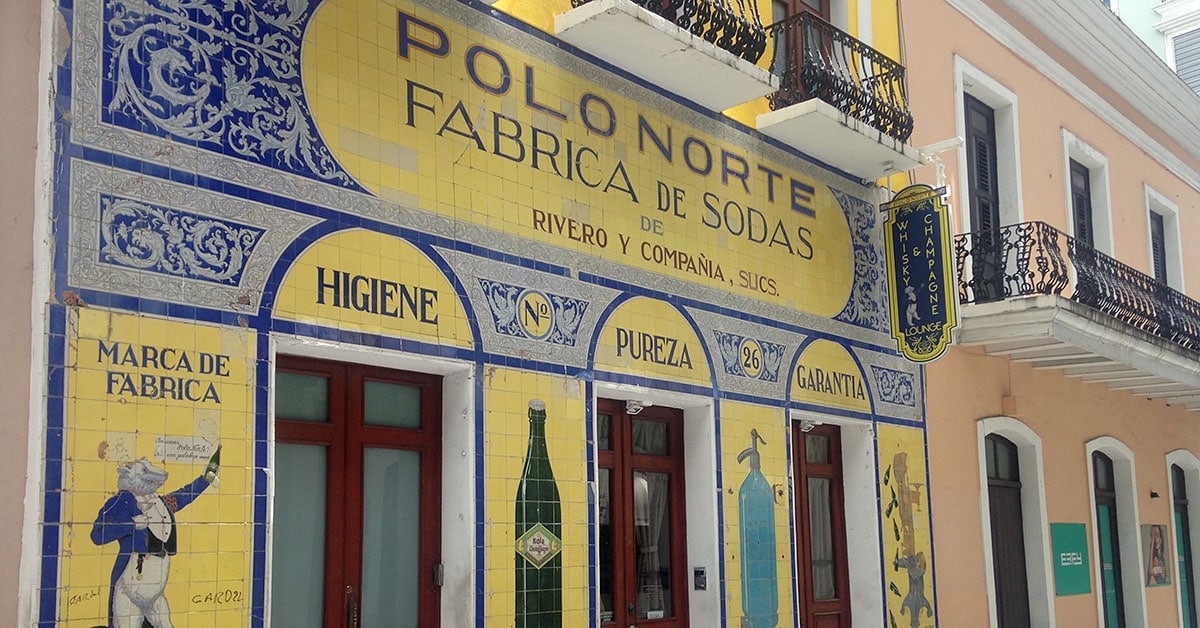
Old San Juan's buildings look like they're from another era.

The colorful streets of Old San Juan
Although in many areas visitors will be surrounded by greenery, Gonzalez points out that the forest canopy is still open.
“The low end for a more full recovery is five years,” she said. The high end is 50 to 100 years. “We have a lot of slow-growing, endemic species here.”
Roads throughout the forest are closed due to landslides (Mina Falls, for example, is inaccessible due to dozens of them), but there are areas open for tourists, and in some cases, they’re more spectacular than ever. La Coca Falls has benefited from the rain and gushes beautifully down the cliff side. Tourists can drive along Road 191 to the falls viewpoint, a scenic drive worth the short trip from San Juan. Angelito Trail, a 0.7-mile walking trail, is also open. While not a strenuous hike with sweeping views like some of the other paths, it does end at a picturesque stream where you can relax with a book and picnic on the banks, or hop in for a refreshing dip.
Gonzalez and others are trying to see the positive side in the aftermath of disaster. According to the Army Corps of Engineers, there were 3.6 million cubic feet of debris from Hurricane Maria, and 60 percent of that was vegetation. Debris is normally turned into mulch, but now people are looking into more valuable uses.
“It could be used for cultural and economic opportunities, like milling, so we’re trying to rescue and manage our resources,” Gonzalez said. “We’re trying to turn a negative into a positive.”
She said it would take more than a year for the forest to feel normal for tourists, but she hopes they still visit in the meantime.
“Everyone is working as fast and as hard as they can,” she said. “And so far, we’ve given out over 100 special use permits for tours to come back.”
El Yunque is the second most popular tourist attraction in Puerto Rico, with Old San Juan coming in first. The rainforest is a major draw for tour groups, day trips and cruises. Forest Supervisor Sharon Wallace says tourism is $400 million of Puerto Rico’s economy, and El Yunque is 25 percent of that.
“So it’s very important in terms of the local economy, and in supporting the small and local businesses around the park,” she said.
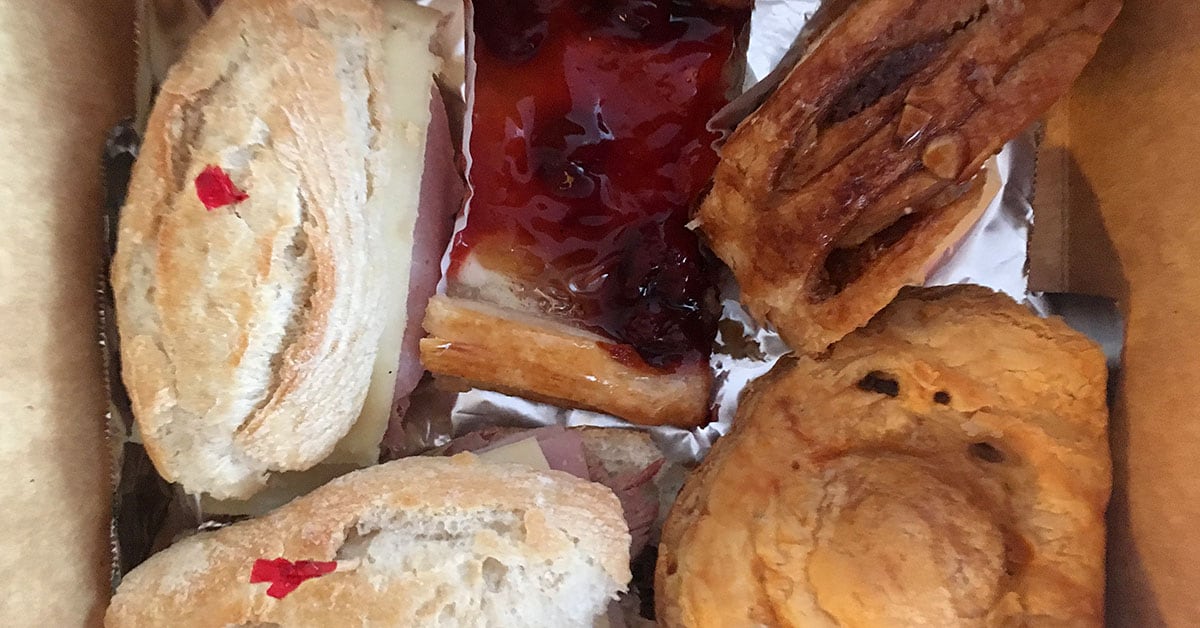
Sweets from Kasalta, a Spanish bakery in the Santurce neighborhood of San Juan.
Related
Read more stories about Puerto Rico.
- Restoring Pride in Puerto Rico
- 24 Hours in San Juan, Puerto Rico
- Road Trips from San Juan, Puerto Rico


